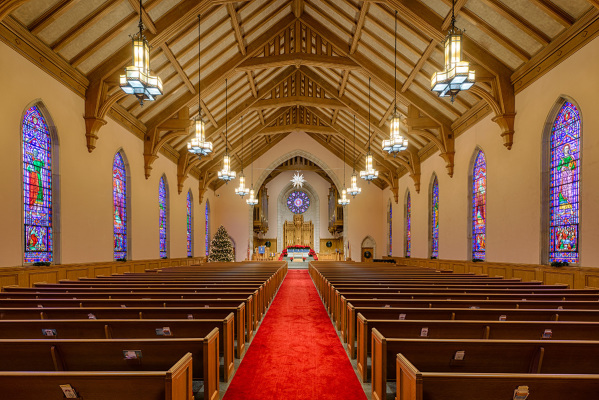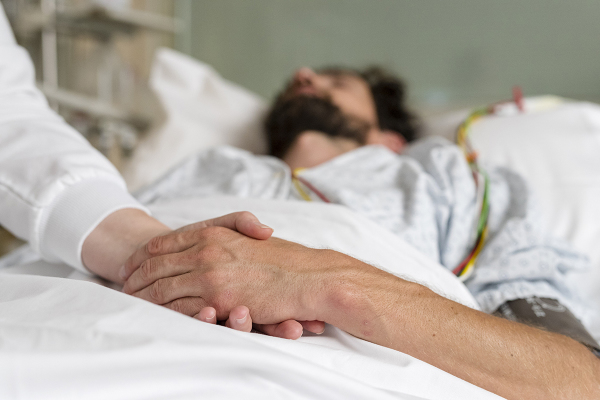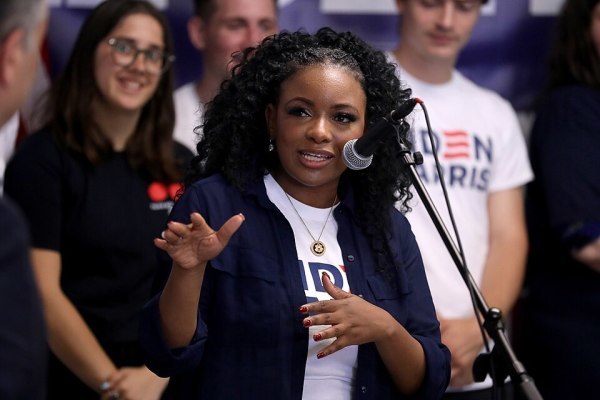'Inwood Drive' film review: Unmasking the crimes of abortionists

When it comes to the abortion debate in the United States, the conversation is usually about "a woman's right to choose" or maybe "reproductive freedom."
But such sanitized phrases conveniently hide the actions of callous abortionists, some of whom have savagely harmed countless women and girls. And when you pull back the proverbial curtain, these kinds of horrors are not too hard to find and they cannot be papered over with polite-sounding euphemisms.
Look no further than the new documentary "Inwood Drive," which unmasks for all to see the crimes of abortionist Ulrich "George" Klopfer and his convoluted rationale in defense of his despicable deeds. After his death in September 2019, it was discovered that Klopfer had kept 2,411 carcasses of aborted babies in the trunk of his car and in the garage of his Illinois home. Many of those abortions were performed years earlier at his abortion clinics in neighboring Indiana.
Though some of the news coverage when Klopfer died centered on how his operation resembled that of the now-jailed Philadelphia abortionist Kermit Gosnell, his sordid history of intentionally ignoring other state regulations is less known. "Inwood Drive" filmmakers Mark and Amber Archer compellingly recount that and several other significant parts of this story, which, as was true of the Gosnell case in 2013, many national mainstream media outlets neglected to report the full story.
The film unpacks some of the history of abortion politics in the Hoosier state and explains how a Baptist church located on Inwood Drive in Fort Wayne found itself in the middle of the conflict when Klopfer moved his operation into a building across the street. Viewers learn how a county commissioner — a public office in which one's views on abortion are usually considered unimportant for the job — played a vital role in the pro-life movement.
Klopfer was an itinerant abortionist who lived in Illinois but would cross state lines and routinely perform abortions at his three clinics in Gary, Fort Wayne and South Bend. Because of his status as an itinerant and the way certain policies were written, he was able to evade regulations and conduct his business with relative impunity.
Yet over the course of a few years, Allen County Commissioner Nelson Peters, working closely with a local right-to-life group, was able to pass an ordinance requiring itinerant medical personnel, which was not limited to abortionists, operating within county lines to have a back-up physician should complications arise.
Just as state laws mandating that abortion clinics and other ambulatory surgical centers have admitting privileges to nearby hospitals have been and continue to be bitterly contested, the county rule faced opposition from Planned Parenthood and other abortion-rights groups.
When women suffered medical complications related to the abortions Klopfer performed on them, they would sometimes find themselves in the care of Dr. Geoffrey Cly, a Fort Wayne-based Catholic OB-GYN.
Cly describes in the film having to treat several women Klopfer harmed, including one where he had to fish out the remaining body parts of a baby Klopfer had left inside a 20-year-old woman. That 20-year-old woman subsequently underwent an emergency hysterectomy because of Klopfer's sloppiness.
The filmmakers explain how, in what proved to be a shrewd move, Cly agreed to be listed as Klopfer's back-up doctor as required by the county ordinance, despite his personal objections to abortion. While it was initially misunderstood by some pro-lifers as to why he was doing this, because of Cly's overarching concern for patient safety he ended up saving the ordinance when Planned Parenthood and a New York-based abortion-rights group took the county to court over the measure.
Klopfer and the abortion lobby had argued that because he was operating in a largely pro-life county no doctor would volunteer to be his back-up physician. Yet as a result of Cly strategically stepping up as he did, the county rule was upheld and the lawsuit arguing the regulation was unconstitutional failed.
What ultimately stopped the unscrupulous abortionist was the tireless work of local pro-lifers who painstakingly combed through documents and discovered that he had failed to file the necessary paperwork within a few days, as was required by law, after he performed an abortion on a 13-year-old girl.
That specific statute was in place because it assumes, rightly, that when a girl that young becomes pregnant, a rape and other sexual abuse likely occurred and a further police investigation is warranted. But because Klopfer failed to report within the established timeframe, it's extremely likely she was sent back to an abusive home.
Klopfer's careless yet stubborn refusal to comply with those standards was the main reason the medical board eventually suspended his license, the documentary explains. But we'll never know the extent of his blatant disregard for the law.
I found myself wondering during the closing portion of the film — which features Indiana Attorney General Curtis Hill's powerful remarks last month during a graveside service at a cemetery in South Bend where the remains of the 2,411 babies Klopfer kept were buried — how many of those babies were extracted from young teenage girls? And how many of those teenage girls were sent back home to be raped again and again?
The film showcases that important point which is sometimes made within the abortion debate yet should be emphasized more often.
Although abortion is almost always framed in political discourse as a constitutionally-protected right to "choice," it indelibly serves the purposes of monstrous abusers who violate women and girls.
Whether domestic abusers, rapists, pimps, traffickers, or lawless abortionists like Klopfer, the violence of abortion empowers evil. It covers up their crimes, gives the impression that they've been let off the hook morally, and reinforces the mindset that they are entitled to seemingly consequence-free sex.
Ask any seasoned sidewalk counselor or crisis pregnancy center operator how many times male-on-female abuse dynamics are present in these scenarios and they'll tell you "all the time."
In 2014, Life Dynamics compiled a list of 60 court cases that dealt with young girls being taken to Planned Parenthood and other clinics by their abusers to get an abortion.
And during a 2014 undercover video filmed at a Planned Parenthood workshop in Michigan, an abortionist argued against helping young victims of rape and sexual assault by asserting during her presentation that because clinic workers are not state employees they shouldn't be required to report suspected cases of child abuse to authorities.
Laura J. Lederer, president of Global Centurion, an anti-trafficking organization, stressed at a June 2018 news conference on the steps of the U.S. Capitol that the abortion industry and the sex trade are inextricably linked.
In other words, just like Gosnell and Planned Parenthood, Klopfer is not an outlier. There are many more like him out there.
I also wondered while watching the film just how many young girls have been sent back to their abusers because abortionists looked the other way.
"I think what it takes is making the harm visible," Lederer told this Christian Post reporter when asked what it would take for the American public to see how closely tethered these scourges are.
Major kudos to "Inwood Drive" for doing just that quite effectively.
To watch the film, click here or visit fearlessfeatures.org






















